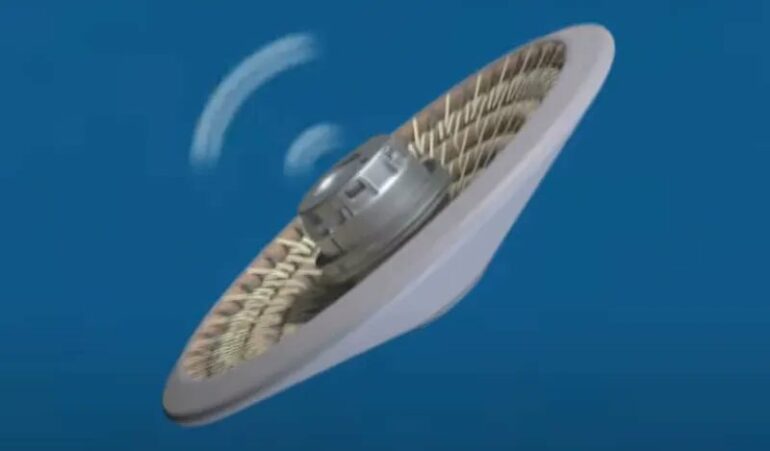All of that energy is protected by four layers of the LOFTID heatshield. The outermost layer is constructed of ceramic and silicon carbide yarn woven into fabric on industrial weavers similar to those used to produce denim. The second and third layers are two types of insulation that protect the fourth layer, which is the real inflated portions. Everything is packed into a series of concentric rings, which are made of a woven polymer 10 times stronger by weight than steel and will assist direct the shield’s expansion.
For more than a decade, NASA has been working on Hypersonic Inflatable Aerodynamic Decelerator (HIAD) technology. LOFTID (Low-Earth Orbit Flight Test of an Inflatable Decelerator) is the most recent incarnation of that technology, a new kind of heat shield that might solve many of NASA’s problems with the current generation of rigid aeroshells. The diameter of the rocket’s shroud imposes a hard restriction on the size of these hard shields. Soft aeroshells are not limited by this constraint and may be stretched well beyond the shroud’s edge, allowing NASA to safeguard bigger and heavier payloads as they reach the atmosphere.

